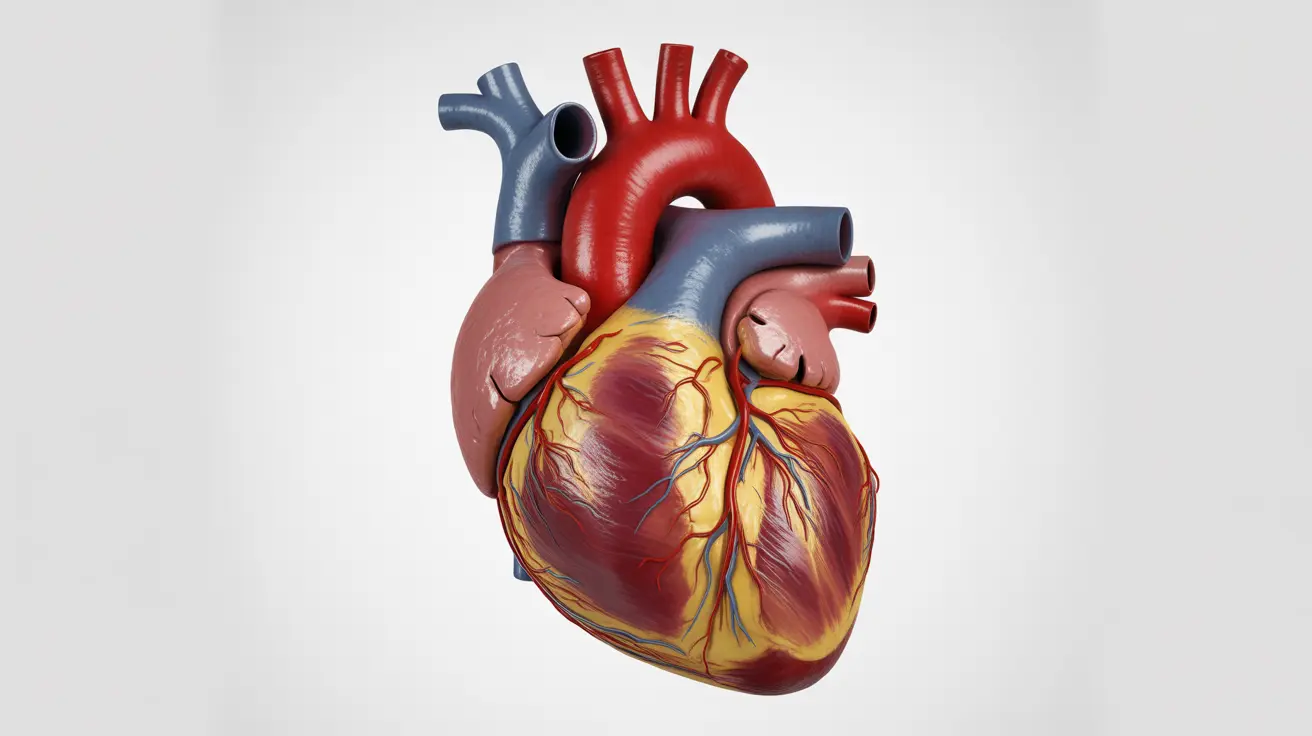Sinus bradycardia with sinus arrhythmia is a complex heart rhythm condition that combines two distinct cardiac patterns. This condition occurs when the heart beats slower than normal (bradycardia) while also showing irregular variations in the rhythm between beats (arrhythmia). Understanding this condition is crucial for proper diagnosis and management.
While these heart rhythm variations can sometimes be normal, especially in young, healthy individuals or athletes, they may also indicate underlying health issues that require medical attention. This comprehensive guide will help you understand the condition, its implications, and when to seek medical care.
What is Sinus Bradycardia with Sinus Arrhythmia?
Sinus bradycardia with sinus arrhythmia occurs when the heart's natural pacemaker (sinus node) creates both a slow heart rate and irregular rhythm patterns. A normal heart rate typically ranges from 60-100 beats per minute, but in bradycardia, it drops below 60 beats per minute. When combined with sinus arrhythmia, these slow beats also show variable timing between them.
Signs and Symptoms to Watch For
The symptoms of sinus bradycardia with sinus arrhythmia can vary significantly among individuals. Common signs include:
- Dizziness or lightheadedness
- Fatigue or weakness
- Shortness of breath
- Chest discomfort
- Difficulty exercising
- Confusion or mental fog
- Near-fainting episodes (presyncope)
Causes and Risk Factors
Several factors can contribute to the development of sinus bradycardia with sinus arrhythmia:
Physical Conditions
- Athletic conditioning
- Sleep disorders
- Hypothyroidism
- Heart damage from previous illness
- Aging
Medications and External Factors
- Beta-blockers
- Certain heart medications
- Sleep medications
- Electrolyte imbalances
Diagnosis and Assessment
Healthcare providers use various tools and tests to diagnose sinus bradycardia with sinus arrhythmia:
- Electrocardiogram (ECG)
- Holter monitoring
- Exercise stress tests
- Blood tests
- Physical examination
- Medical history review
Treatment Approaches
Treatment for sinus bradycardia with sinus arrhythmia depends on the underlying cause and severity of symptoms. Options may include:
Conservative Management
- Regular monitoring
- Lifestyle modifications
- Exercise adjustments
- Medication reviews
Medical Interventions
- Medication adjustments
- Treatment of underlying conditions
- Pacemaker placement (in severe cases)
- Cardiac rehabilitation programs
Prevention and Management
While not all cases can be prevented, several strategies can help manage the condition:
- Regular medical check-ups
- Maintaining a healthy lifestyle
- Proper medication management
- Stress reduction techniques
- Regular exercise (as approved by healthcare provider)
Frequently Asked Questions
What are the symptoms of sinus bradycardia with sinus arrhythmia and when should I be concerned? You should be concerned if you experience persistent dizziness, fainting spells, severe fatigue, or chest pain. While some people may have no symptoms, these signs warrant immediate medical attention.
How is sinus bradycardia with sinus arrhythmia diagnosed by doctors? Doctors primarily use ECG monitoring, along with Holter monitors for longer-term heart rhythm observation. They also consider your medical history, symptoms, and may perform additional cardiac tests as needed.
Can sinus bradycardia with sinus arrhythmia be harmful or indicate heart disease? While it can be normal in some people, particularly athletes or young adults, it may indicate underlying heart problems in others. The potential for harm depends on the cause and severity of the condition.
What causes sinus bradycardia with sinus arrhythmia and who is most at risk? Common causes include athletic conditioning, aging, medications, and underlying health conditions. Athletes, elderly individuals, and people with certain medical conditions are at higher risk.
How is sinus bradycardia with sinus arrhythmia treated and when is treatment necessary? Treatment is necessary when symptoms significantly impact daily life or indicate underlying health issues. Options range from medication adjustments to pacemaker placement, depending on the severity and cause.




